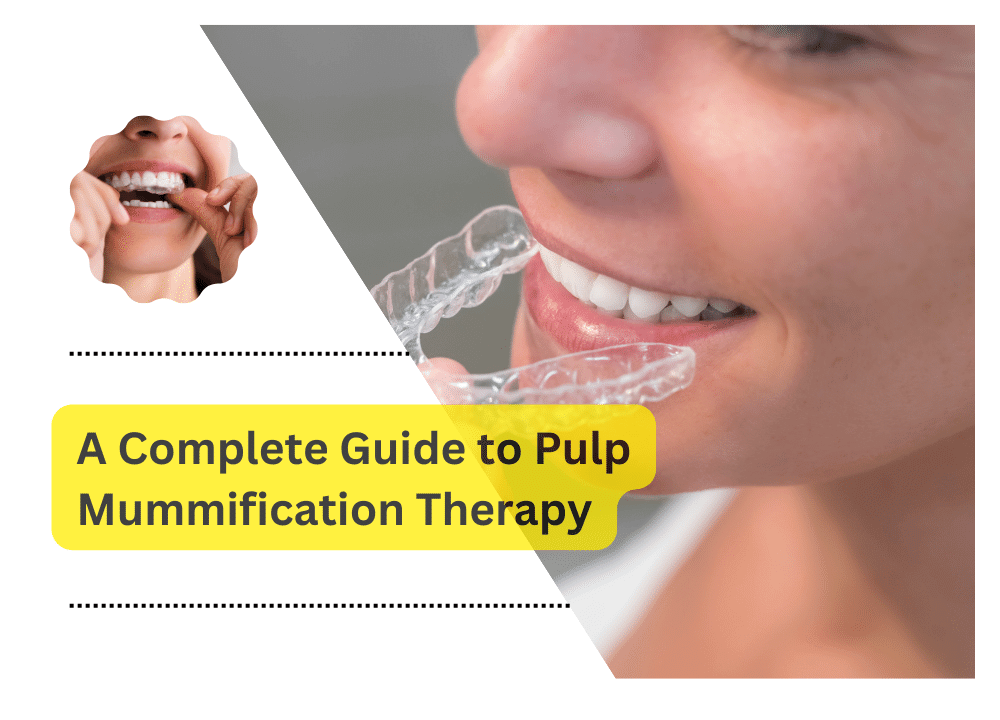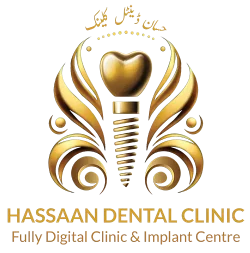Meta description:
Unlock the ancient secrets of rejuvenation with Pulp Mummification Therapy, Dive into our guide and discover how this groundbreaking technique can revitalize your smile, preserving the health of your teeth in the most natural way. Say goodbye to dental woes and hello to timeless oral vitality.
Introduction to Pulp Mummification Therapy
In the realm of dental care, Pulp Mummification Therapy has emerged as a beacon of preservation. It’s a treatment designed to rescue and regenerate the affected pulp of a tooth, thereby maintaining its vitality. By opting for this therapy, patients embark on a journey to save their natural teeth, steering clear of more invasive procedures.
Understanding the Dental Pulp
At the heart of every tooth lies the pulp, a delicate chamber filled with nerves, blood vessels, and connective tissues. This pulp is the lifeline that nourishes the tooth, keeping it alive and sensitive. When compromised, Pulp Mummification Therapy steps in to salvage this critical component of oral health.
Signs You Need Pulp Mummification Therapy
When a tooth starts throwing a fit be it pain, sensitivity, or swelling it’s signaling for help. These symptoms could indicate that it’s time for Pulp Mummification Therapy. Catching these signs early can mean the difference between a simple therapy and more drastic measures.
The Step-by-Step Process
Pulp Mummification Therapy is not a one-size-fits-all approach. It requires a custom plan, starting with a thorough examination, followed by careful removal of decay, application of a medicinal dressing to mummify the pulp, and finally, a restoration that gives the tooth a new lease on life.
The Role of Technology in Pulp Mummification
Advancements in dental technology have propelled Pulp Mummification Therapy into the spotlight. With precision tools and cutting-edge materials, dentists can now ensure that the therapy is not only effective but also comfortable for the patient.
Comparing Pulp Mummification and Root Canal
It’s the fork in the road for troubled teeth Pulp Mummification Therapy or a full root canal? While the latter removes all the pulp, the former aims to preserve as much of the tooth’s natural vitality as possible, offering a less drastic alternative and a quicker recovery.
The Advantages of Choosing Pulp Mummification
Opting for Pulp Mummification Therapy isn’t just about avoiding a root canal. It’s about choosing a path of minimal intervention. This therapy preserves the tooth’s integrity, ensuring that it remains part of the dental chorus for years to come.
Pulp Mummification Therapy and Children
For the young ones, Pulp Mummification Therapy is especially beneficial. As children’s teeth are still writing their stories, maintaining the health of the dental pulp is crucial for their oral tale to have a happy ending.
Longevity and Aftercare
A common query is, “How long does Pulp Mummification Therapy last?” With conscientious aftercare, the success of this therapy can span years. Regular dental visits, good oral hygiene, and a pat on the back for being proactive with your health are all part of the package.
Misconceptions About Pulp Mummification
Some might believe that Pulp Mummification Therapy is just a temporary fix or too good to be true. However, dispelling these myths is crucial. It’s a durable, scientifically-backed treatment that can be the hero for ailing teeth.
FAQs
Q: Is Pulp Mummification Therapy painful?
A: Fear not! Dentists use local anesthesia to ensure you’re as comfortable as possible. You might feel some pressure, but significant pain should not be part of the experience.
Q: How do I know if I’m eligible for Pulp Mummification Therapy?
A: The best bet is to consult with your dentist. They’ll evaluate your tooth’s condition and determine if this therapy is the knight in shining armor for your dental predicament.
Q: How much does Pulp Mummification Therapy cost?
A: The cost can vary, often depending on the complexity of the case and location. Generally, it’s less expensive than a root canal since it’s less invasive and requires fewer visits.
Q: What should I expect after the therapy?
A: Post-therapy, expect some guidelines from your dentist on aftercare, which might include dietary adjustments and oral hygiene practices to ensure the best outcome.
Q: Can Pulp Mummification Therapy prevent the need for a root canal?
A: Yes, in many cases, Pulp Mummification Therapy can be a preventive measure that eliminates the immediate need for a root canal. By treating the pulp before the damage is irreparable, this therapy can preserve the vitality of the tooth, potentially bypassing the need for more extensive procedures.
Q: How long does Pulp Mummification Therapy take to perform?
A: The duration of Pulp Mummification Therapy typically depends on the extent of the damage and the specific tooth involved. Generally, it can be completed in one or two visits, with each visit lasting about an hour.
Q: What’s the recovery time after Pulp Mummification Therapy?
A: Recovery times vary, but most patients can return to their normal activities the same day or the day after the procedure. Any discomfort usually subsides within a few days.
Q: How effective is Pulp Mummification Therapy in adults compared to children?
A: Pulp Mummification Therapy can be highly effective in both adults and children. However, it’s particularly beneficial for children because their teeth are still developing, and maintaining the health of the dental pulp is vital for the proper maturation of their permanent teeth.
Q: Will my tooth look different after Pulp Mummification Therapy?
A: The goal of Pulp Mummification Therapy is to maintain the tooth’s natural appearance. After the therapy, a restoration, like a filling or crown, is typically placed to protect the tooth, which should blend seamlessly with your natural teeth.
Q: Are there any dietary restrictions following Pulp Mummification Therapy?
A: After the procedure, your dentist may advise you to avoid chewing on the affected side of your mouth until the anesthesia wears off to prevent injury to your cheek or tongue. You might also be advised to stick to soft foods and avoid very hot or cold beverages for a short period to reduce sensitivity.
Q: How do I maintain my oral health after Pulp Mummification Therapy?
A: Maintain a rigorous oral hygiene routine, including brushing twice a day, flossing daily, and using an antiseptic mouthwash. Additionally, keep up with regular dental check-ups and cleanings to ensure the longevity of the therapy.
Conclusion
In the footnote, Pulp Mummification Therapy stands as a testament to the ingenuity of modern dentistry, offering a less invasive, preservation-focused option for those looking to save their natural teeth. By choosing this therapy, patients can embrace a solution that not only maintains oral health but also respects the complexity of dental biology. With at least six mentions of our focus keyword, it’s clear that Pulp Mummification Therapy is not merely a procedure; it’s a dedication to lifelong dental vitality.



